Julien Libeer, Lorenzo Gatto, Bruno Philippe - Ravel. Piano & Chamber Music (2025) [Hi-Res]
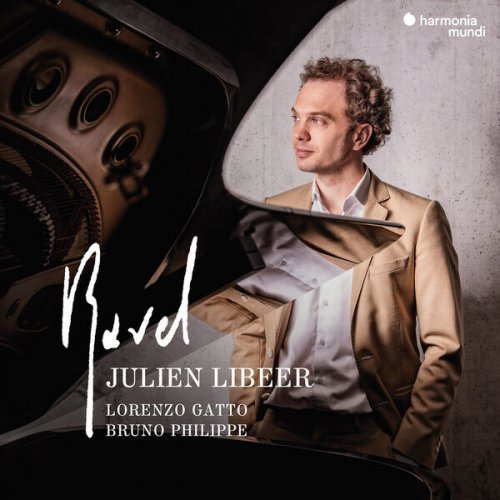
Artist: Julien Libeer, Lorenzo Gatto, Bruno Philippe
Title: Ravel. Piano & Chamber Music
Year Of Release: 2025
Label: harmonia mundi
Genre: Classical
Quality: FLAC (tracks) / 24bit-192kHz FLAC (tracks)
Total Time: 02:33:33
Total Size: 419 MB / 4.71 GB
WebSite: Album Preview
Tracklist:Title: Ravel. Piano & Chamber Music
Year Of Release: 2025
Label: harmonia mundi
Genre: Classical
Quality: FLAC (tracks) / 24bit-192kHz FLAC (tracks)
Total Time: 02:33:33
Total Size: 419 MB / 4.71 GB
WebSite: Album Preview
CD1
1. Vocalise-étude en forme de habanera, M. 51 (Arr. for Cello and Piano by P. Bazelaire) (3:00)
2. Jeux d'eau, M. 30 (5:57)
3. Sonatine, M. 40: I. Modéré, doux et expressif (4:27)
4. Sonatine, M. 40: II. Mouvement de Menuet (3:46)
5. Sonatine, M. 40: III. Animé (4:02)
6. Miroirs, M. 43: I. Noctuelles. Très léger (5:17)
7. Miroirs, M. 43: II. Oiseaux tristes. Très lent (4:02)
8. Miroirs, M. 43: III. Une barque sur l'océan. D'un rythme souple (7:36)
9. Miroirs, M. 43: IV. Alborada del gracioso. Assez vif (6:46)
10. Miroirs, M. 43: V. La vallée des cloches. Très lent (5:26)
CD2
1. Gaspard de la nuit, M. 55: I. Ondine. Lent (6:32)
2. Gaspard de la nuit, M. 55: II. Le gibet. Très lent (6:24)
3. Gaspard de la nuit, M. 55: III. Scarbo. Modéré (9:18)
4. Sonate pour violon et violoncelle, M. 73: I. Allegro (5:14)
5. Sonate pour violon et violoncelle, M. 73: II. Très vif (3:40)
6. Sonate pour violon et violoncelle, M. 73: III. Lent (5:30)
7. Sonate pour violon et violoncelle, M. 73: IV. Vif, avec entrain (5:54)
CD3
1. Valses nobles et sentimentales, M. 61: I. Modéré, très franc (1:24)
2. Valses nobles et sentimentales, M. 61: II. Assez lent, avec une expression intense (2:34)
3. Valses nobles et sentimentales, M. 61: III. Modéré (1:35)
4. Valses nobles et sentimentales, M. 61: IV. Assez animé (1:13)
5. Valses nobles et sentimentales, M. 61: V. Presque lent, dans un sentiment intime (1:33)
6. Valses nobles et sentimentales, M. 61: VI. Vif (0:44)
7. Valses nobles et sentimentales, M. 61: VII. Moins vif (3:01)
8. Valses nobles et sentimentales, M. 61: VIII. Epilogue. Lent (4:16)
9. Sonate pour violon et piano No. 2, M. 77: I. Allegretto (8:02)
10. Sonate pour violon et piano No. 2, M. 77: II. Blues. Moderato (5:33)
11. Sonate pour violon et piano No. 2, M. 77: III. Perpetuum mobile. Allegro (4:05)
12. Le Tombeau de Couperin, M. 68: I. Prélude. Vif (3:09)
13. Le Tombeau de Couperin, M. 68: II. Fugue. Allegro moderato (3:16)
14. Le Tombeau de Couperin, M. 68: III. Forlane. Allegretto (6:50)
15. Le Tombeau de Couperin, M. 68: IV. Rigaudon. Assez vif (3:36)
16. Le Tombeau de Couperin, M. 68: V. Menuet. Allegro moderato (6:03)
17. Le Tombeau de Couperin, M. 68: VI. Toccata. Vif (4:03)
I was not even twenty when my teacher Jean Fassina told me about the pianist Dinu Lipatti. Astonished that I knew nothing about him, he glared at me, clearly moved: ‘Listen to him! He is the Golden Ratio of the piano!’
It’s a poetic image, and it has stayed with me. I liked the idea that someone could be the Golden Ratio of something – at a point of perfect equilibrium, synthesis, and self-evident beauty. Ravel is of that ilk. Perhaps he is not the only one. He himself would place Mozart before all others. But in point of fact, few artists have managed to rise with such a supreme measure above the thousand paradoxes that inhabit them. In a sense, the three programmes that make up this album are instances of these sublimated contradictions. Indeed you will find Ravel’s Violin and Piano Sonata between Valses nobles et sentimentales and Le Tombeau de Couperin – an evocation of what he termed a ‘day of work in the modern world’, between two celebrations of worlds of yesterday. The past acknowledged, the future summoned. Gaspard de la nuit – that generous, even extreme romantic gesture – is placed alongside the late, abstract, sinewy nakedness of the Sonata for Violin and Cello. Lyrical Ravel, ascetic Ravel. Jeux d’eau, Sonatine, Miroirs. Sensual Ravel, reserved Ravel. Aristocrat and rebel. Herald of the classical, apostle of the avant-garde. And always impeccable. In music, politics, and friendship: often swimming against the current, always in the right place.
It follows that this is a man not exactly easy to deal with. He certainly was not when he was alive, and now is even less so. Ondine, Noctuelles, the Toccata are so many squarings of the circle – Golden Ratios, if you like. And yet, we keep studying them with ‘all we can bring as an offering’, as Lipatti used to say. Generations come and go, CDs pile up, yet the appeal of Ravel never diminishes. Too intelligent, too refined, too alive. Both free and beyond reproach, Ravel’s aesthetic is a whole ethic of its own. His music - lucid, ardent - wakes you up, keeps you on the edge. In passing, it seems to make amends for all that’s imperfect about the world.
Julien Libeer
It’s a poetic image, and it has stayed with me. I liked the idea that someone could be the Golden Ratio of something – at a point of perfect equilibrium, synthesis, and self-evident beauty. Ravel is of that ilk. Perhaps he is not the only one. He himself would place Mozart before all others. But in point of fact, few artists have managed to rise with such a supreme measure above the thousand paradoxes that inhabit them. In a sense, the three programmes that make up this album are instances of these sublimated contradictions. Indeed you will find Ravel’s Violin and Piano Sonata between Valses nobles et sentimentales and Le Tombeau de Couperin – an evocation of what he termed a ‘day of work in the modern world’, between two celebrations of worlds of yesterday. The past acknowledged, the future summoned. Gaspard de la nuit – that generous, even extreme romantic gesture – is placed alongside the late, abstract, sinewy nakedness of the Sonata for Violin and Cello. Lyrical Ravel, ascetic Ravel. Jeux d’eau, Sonatine, Miroirs. Sensual Ravel, reserved Ravel. Aristocrat and rebel. Herald of the classical, apostle of the avant-garde. And always impeccable. In music, politics, and friendship: often swimming against the current, always in the right place.
It follows that this is a man not exactly easy to deal with. He certainly was not when he was alive, and now is even less so. Ondine, Noctuelles, the Toccata are so many squarings of the circle – Golden Ratios, if you like. And yet, we keep studying them with ‘all we can bring as an offering’, as Lipatti used to say. Generations come and go, CDs pile up, yet the appeal of Ravel never diminishes. Too intelligent, too refined, too alive. Both free and beyond reproach, Ravel’s aesthetic is a whole ethic of its own. His music - lucid, ardent - wakes you up, keeps you on the edge. In passing, it seems to make amends for all that’s imperfect about the world.
Julien Libeer
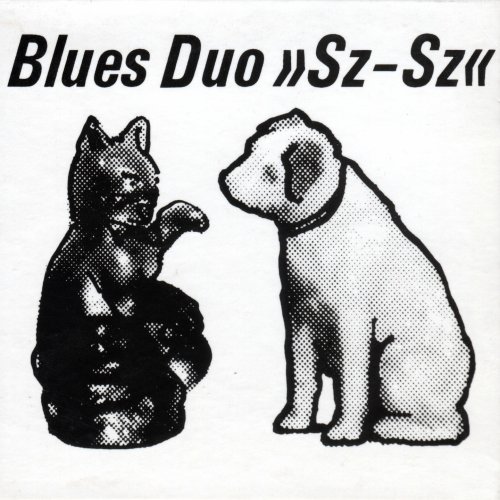
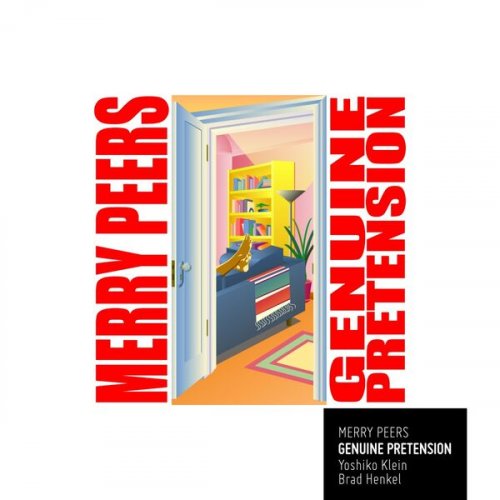
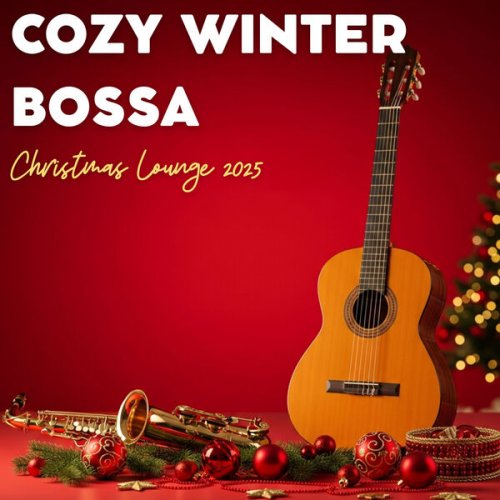
![Cornelius Claudio Kreusch - Scoop (2025) [Hi-Res] Cornelius Claudio Kreusch - Scoop (2025) [Hi-Res]](https://www.dibpic.com/uploads/posts/2025-12/1765893706_folder.jpg)
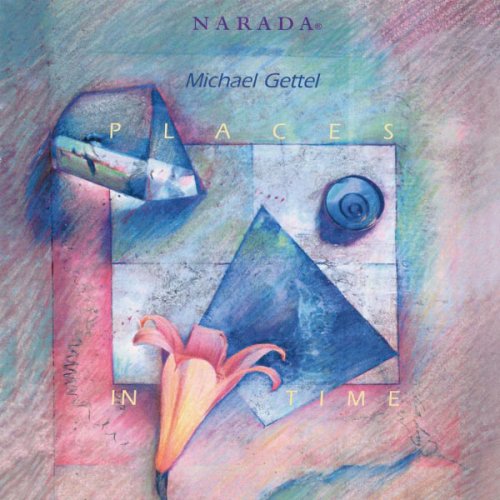
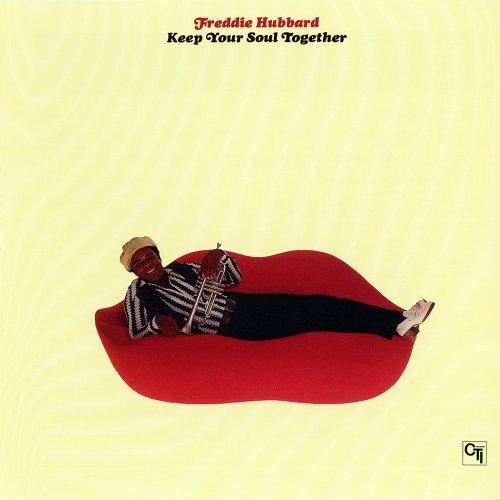

![RAS - Rød i Blå (2025) [Hi-Res] RAS - Rød i Blå (2025) [Hi-Res]](https://www.dibpic.com/uploads/posts/2025-12/1765847447_s09xuo23tcu1a_600.jpg)
